Gypsum plaster requires small proportions of sand, aggregates and it sets with little change in volume & negligible shrinkage or drying.
It is light in weight and unaffected by bacteria hence it is ideally suited for its use in multistoried buildings.
Here we will learn gypsum plaster, types of gypsum plasters, advantages and disadvantages of gypsum plaster.
Introduction to gypsum plaster:
This plaster sets by the natural process of crystallization hence it is easy to used without any waste.
Gypsum is heated to remove all its combined water resulting in the product known as anhydrous gypsum which is ground with an accelerator to make a hydrous gypsum plaster.
This plaster dries up quickly therefore becomes easier to apply the finishing coat immediately after the undercoat has set, usually on the same day.
Types of Gypsum plaster:
Gypsum plasters based on the quantity of heat applied during manufacturing:
- Anhydrite gypsum plaster: It is manufactured by heating gypsum to 1700C.
- Hemihydrate gypsum plaster: It is produced when the gypsum is heated to more than 1700 C.
Gypsum plasters based on the application:
- Casting Gypsum Plasters.
- Undercoat Gypsum Plasters.
- Finish Gypsum Plasters.
- One Coat Gypsum Plasters.
- Machine applied Gypsum Plasters.
Properties of gypsum plaster:
- It is light in weight.
- It is fire-resistant and does not allow heat to pass through it more easily.
- Also, sets as the natural process of crystallization.
- It is slightly soluble in water at the rate of 2gm/liter as compare to lime plaster.
- It shows excellent adhesion to the fibrous materials.
- Practically, it is not at all affected by bacteria.
- It sets with a small change in volume with negligible shrinkage or drying.
- It requires a small proportion of sand and other aggregates.
Advantages of gypsum plaster:
1.Ease of application:
Gypsum can be applied immediately without brick / block work with varying finishing.
Additionally, this plaster is very easy to apply and level.
2.No shrinkage cracks:
Gypsum produces much less heat than the cement reacts with water, so this plaster has fewer shrinkage cracks than conventional cement plaster.
3.Quick Setting Time:
Gypsum sets quickly (i.e., within 25-30 minutes), so painting might begin 72 hours after the application of this plasters.
Plaster must be dried up earlier than painting.
4.No curing time required:
Unlike conventional cement plaster, this plaster doesn’t need any curing, it saves water and time throughout construction.
5.High Productivity:
The time is significantly reduced compared to traditional cement plaster.
6.High Performance:
Excellent high strength after drying, sturdy and light-weight weight ( it reduces dead load on the structure).
7.Smooth Finish:
Completely lined, levelled, smooth walls and excellent proper angled corners.
8.Reduced Supervision:
Careful quality checking for cement and sand must be properly proportioned is required for cement plaster.
In distinction, gypsum plaster doesn’t require identical amount of high-quality checks for application thus decreasing supervision efforts.
9.Easily available raw materials:
Gypsum is a ready available material.
Natural sand which is a raw material used in conventional cement plaster, is difficult to acquire.
Additionally, it is banned in a number of states in India.
10.Fire-resistant:
Gypsum plasters are very resistant to fire.
11.Low thermal conductivity:
Gypsum has low thermal conductivity, this saves electricity costs for heating and cooling rooms in building.
12.Decorative application:
It may be simply applied to decorative functions also can be mould into totally different shapes.
Disadvantages of gypsum plaster:
Following are the various disadvantages of the gypsum plasters as follows:
- This plaster is soluble in water up to 2 g/ lit, hence the continuous exposure to moist conditions makes the gradual softening of the plaster therefore it cannot be used in moist areas and outdoor work.
- A bag containing this plaster should not be stored in a humid environment for a long time as it captures moisture from the atmosphere.
- This plaster does not store for more than 3 months even in a dry place, otherwise, it deteriorates.
Conclusion:
Gypsum plaster can be applied to any brick, solid, or hollow block, and plasterboard has good insulation properties, fire-resistant, and is impact resistant.

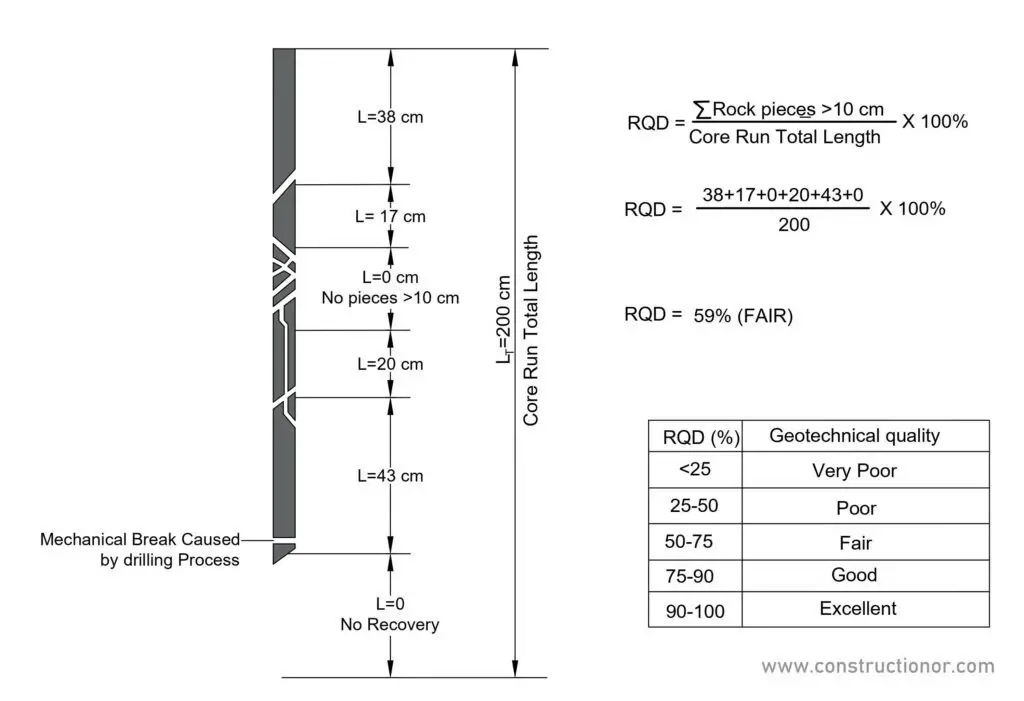



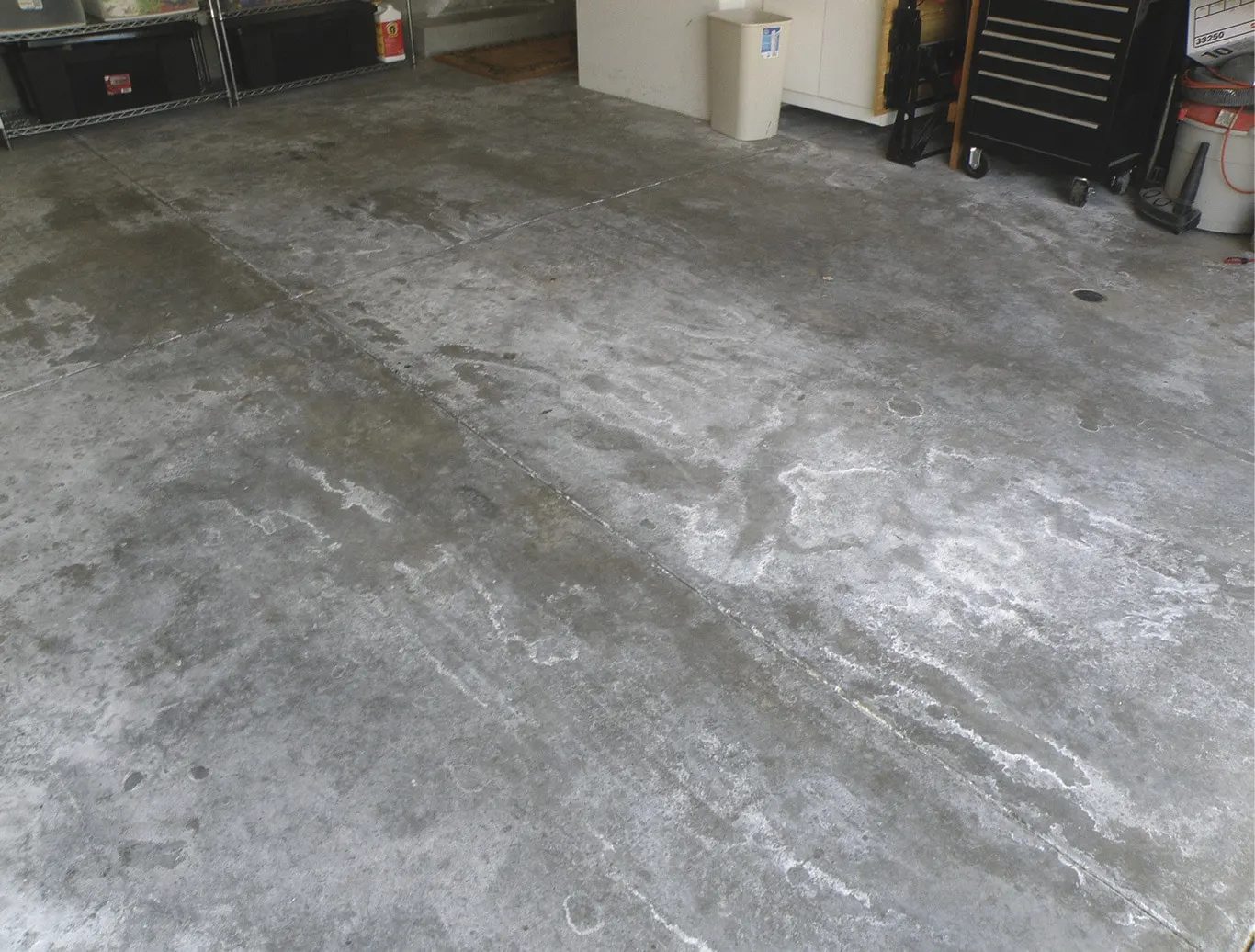
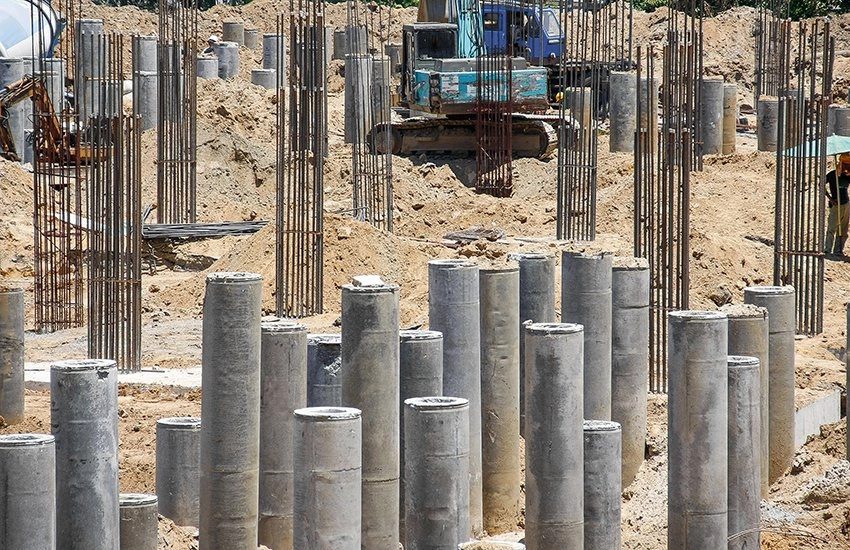

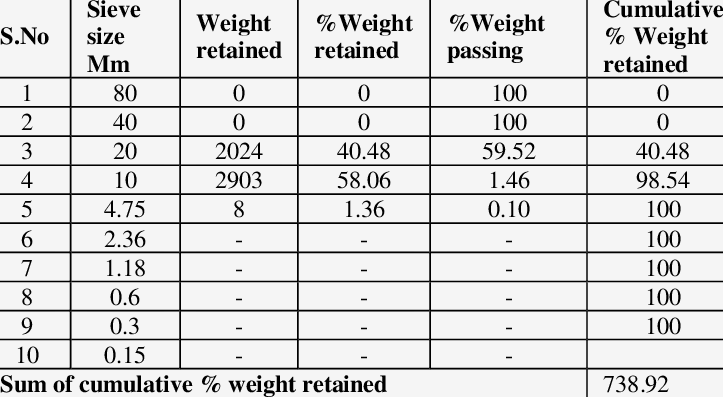
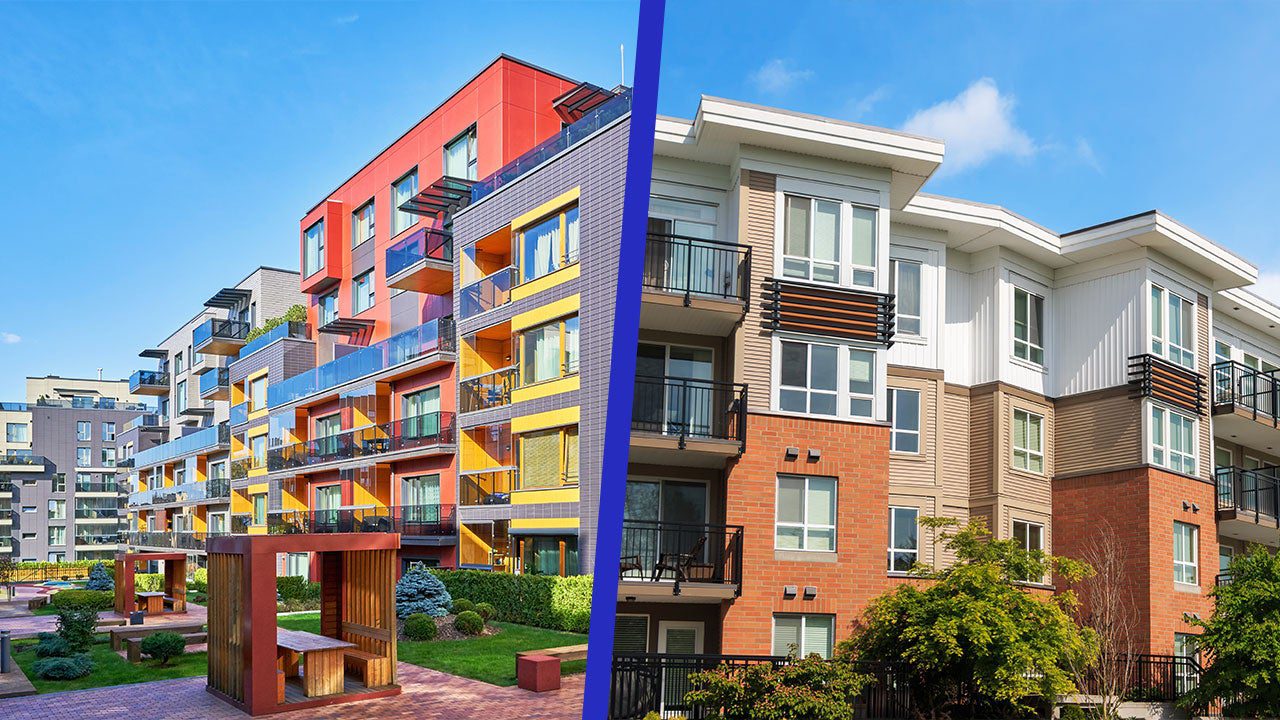
Good notes
Thanks this is helpful